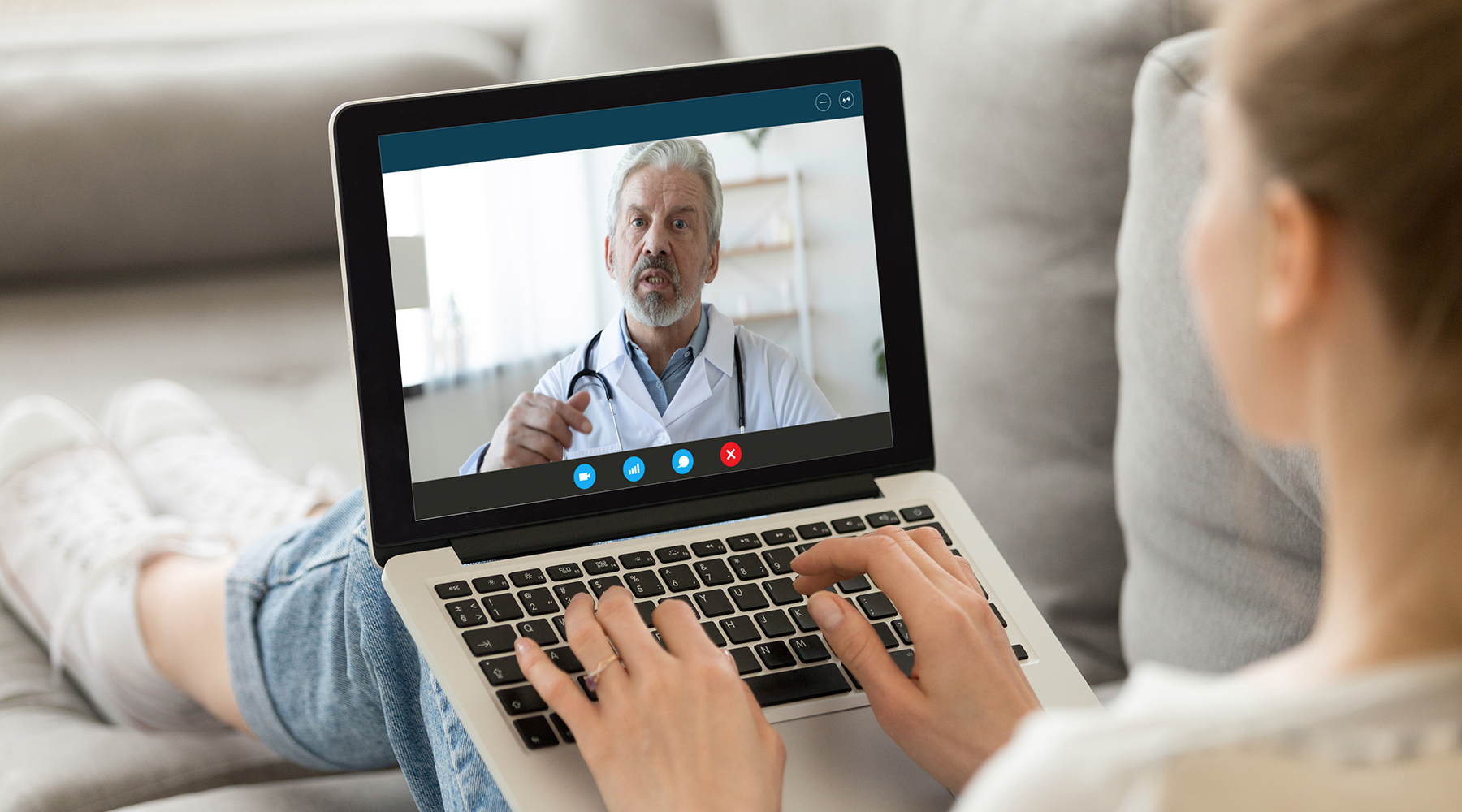How Virtual Care Expands Access to Specialists

Although healthcare providers were thrust into the world of telehealth in 2020 in response to the COVID-19 pandemic, many are now realizing the overarching benefits of virtual care. One area that has stood out from the rest is the ability to provide better and more accessible specialty care to patients.
According to a study published by the Association of American Medical Colleges, the United States could see an estimated shortage of between 33,700 and 86,700 specialty physicians by 2033. That shortage, combined with the fact that roughly 20% of Americans live in rural areas, and therefore struggle with access to most healthcare services, make telehealth solutions particularly appealing.
Provider-to-Provider Connections
Even before the pandemic, community health centers (CHCs) had started the gradual shift to using telehealth technologies to access specialty care. In 2018, nearly half of CHCs used virtual technology to make those specialty connections.
Federally funded CHCs are designed to provide comprehensive care to those who cannot afford or access appropriate healthcare. CHCs often serve the poor, rural Americans, the elderly and children.
In rural areas, patients may need to travel some distance to reach a CHC, making additional travel to a larger city with specialists even more difficult and unaffordable. In this case, a primary care physician at a CHC may be able to virtually connect with a specialist located in a major city to consult, diagnose and treat patients virtually. Many medical peripherals such as high-definition cameras, digital stethoscopes, USB otoscopes and other devices can help replicate an in-person visit.
During the pandemic, Medicare & Medicaid Services reimbursement flexibilities established as part of the emergency order increased access even further. According to the American Hospital Association, one hospital member reported a 10-fold increase in access to specialists while reaching 39% more ZIP codes in their state using telehealth as a result.
Best Specialty Applications
Although just about any medical specialty may be able to take advantage of telehealth technology, here are some of the most popular applications.
Psychiatry/Psychology
Perhaps one of the best applications of telehealth, both psychiatry and psychology services can be easily rendered remotely. Many primary healthcare providers have developed partnerships with mental health providers to deliver services in conjunction with primary care, thereby saving trips for patients.
In addition, healthcare organizations can often schedule mental health consults more quickly with telehealth, which means patients receive services faster. Providers can more regularly monitor the mental health of patients as well as adjust medications. Many report an extremely low no-show rate with telehealth visits. Virtual group therapy sessions also work well.
Dermatology
According to Health Affairs, dermatology is one specialty that is well-suited for telehealth because many skin conditions can be diagnosed remotely using high-resolution digital images sent from a primary care physician.
Asynchronous patient encounters allow physicians to review and triage cases faster than conducting in-person evaluations by storing and sharing images. However, it is not necessary to conduct video appointments in this application. The American Academy of Dermatology’s AccessDerm program allows doctors to use smartphone apps, which means that these specialty consultations can be easily done in rural or underserved communities.
Early research shows patients are happy with dermatology services that are conducted remotely.
Endocrinology
With more than 10% of Americans suffering from diabetes and an additional 12% struggling with thyroid diseases, endocrinologists are in high demand. Since treatment often requires frequent adjustments to hormones and medications, telehealth can be an excellent solution to help reduce the burden of travel or work absences on patients, which often leads to more consistent follow-up treatment and better outcomes.
OB/GYN
Pregnant patients were some of the most hesitant to seek in-person medical care during the coronavirus pandemic, which led many providers to reach out and find ways to deliver needed prenatal care effectively in a non-contact manner.
Telehealth technology provides a safe and effective channel that allows providers to monitor pregnant patients regularly. It also has the potential to be used in a wide variety of women’s health issues such as family planning, postoperative care, and regular screenings.
Telehealth and Malpractice Insurance
According to Altarum, the impact of telehealth on patient safety must be explored. The publication cited a study that reviewed 32 catastrophic cases including deaths and malpractice settlements amounting to more than $12 million. The study raised concerns about the limits of care if a doctor cannot physically touch the patient, increasing the risk of medical errors in some cases where face-to-face encounters are removed.
If you have or are planning to expand your telehealth services, contact your professional liability provider to ensure that any and all telehealth services and electronic communications are covered. They should provide you with the same level of coverage as for an in-person visit. In addition, if providers choose to get properly licensed in multiple states to expand their reach, NOW Insurance will provide coverage for them in all of those states.
NOW Insurance covers telehealth implementation for all our medical professionals. We can quickly provide affordable and simple insurance to healthcare practitioners and allied health workers. We also offer general liability as an addition to professional liability for private practices and other medical facilities. Request an immediate quote from our quick and easy online application.
Since telehealth relies much more on internet and cloud-based communication methods, healthcare practitioners and practices may be more vulnerable to cyber-attacks and data breaches. Consider investing in cyber liability insurance as an extra layer of protection against such an incident.
Related Articles:
Telehealth Rules Relaxed During Pandemic
Telehealth is More Than Just Video Appointments